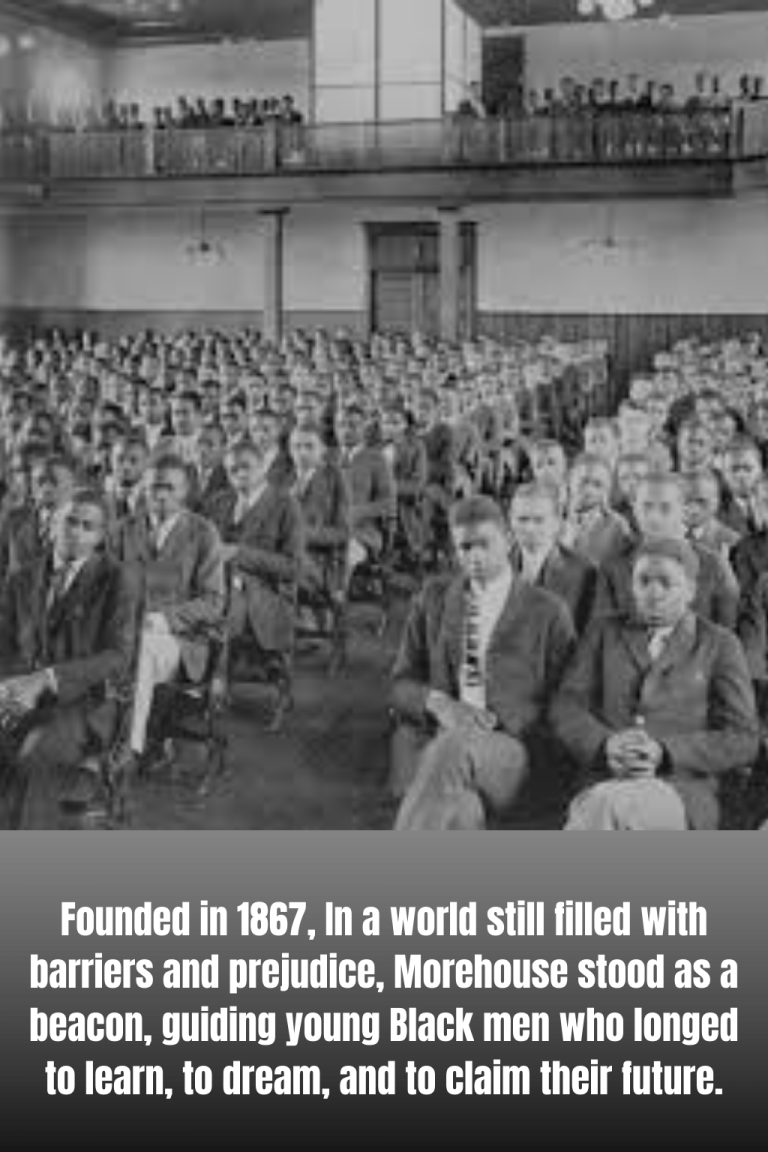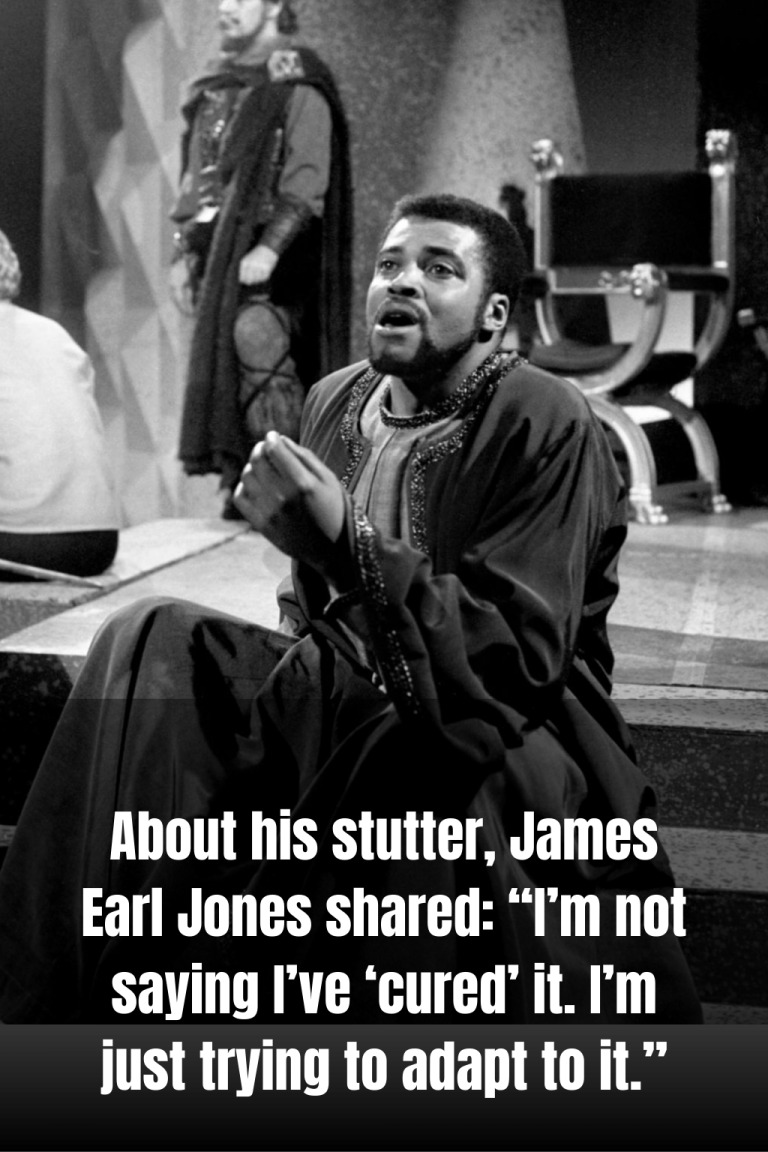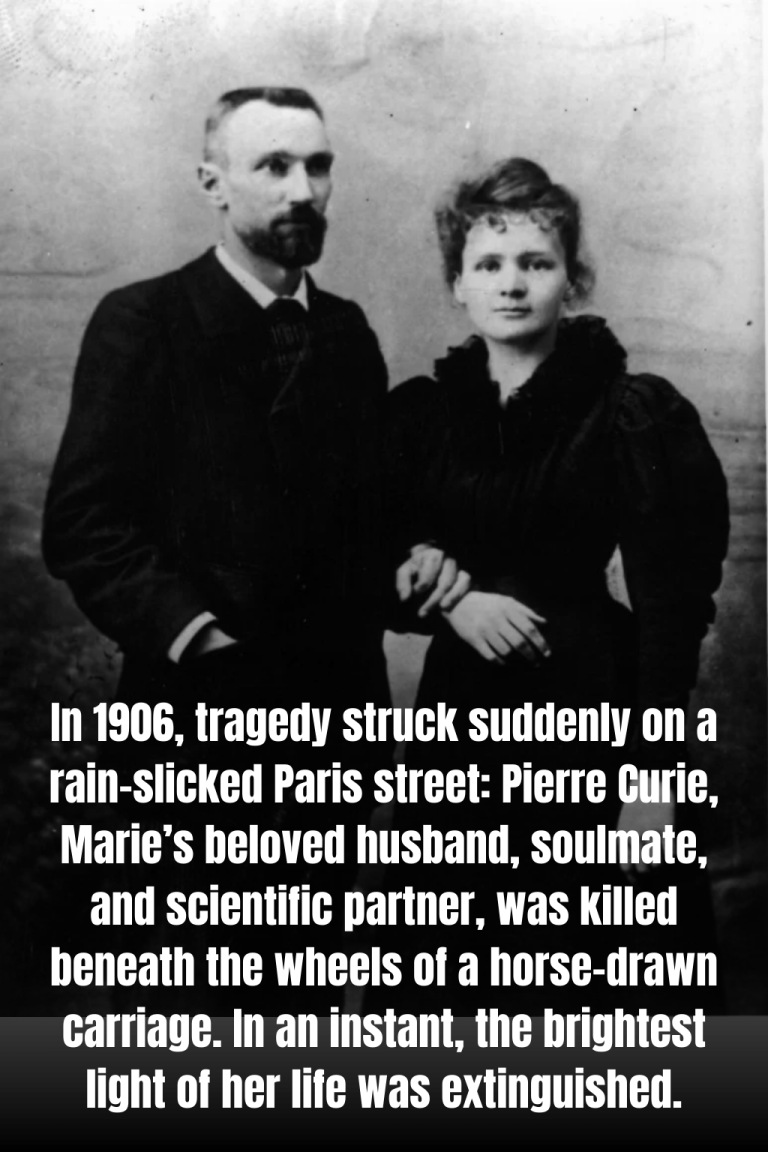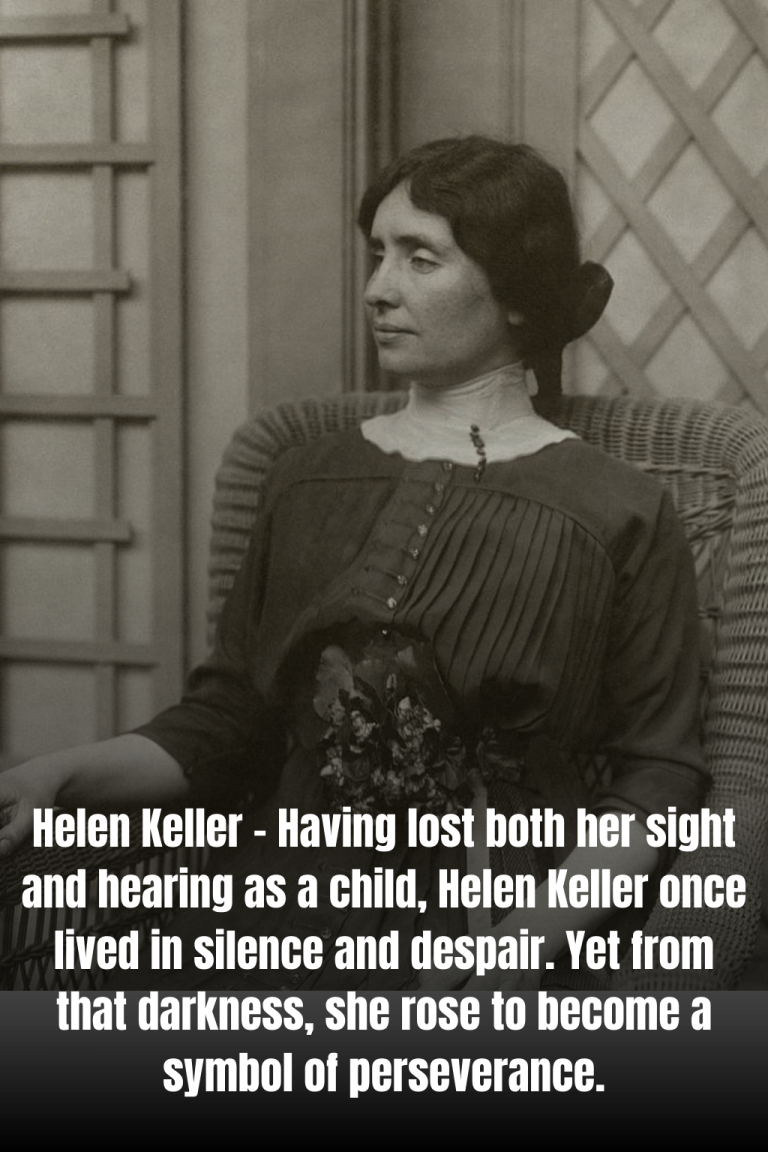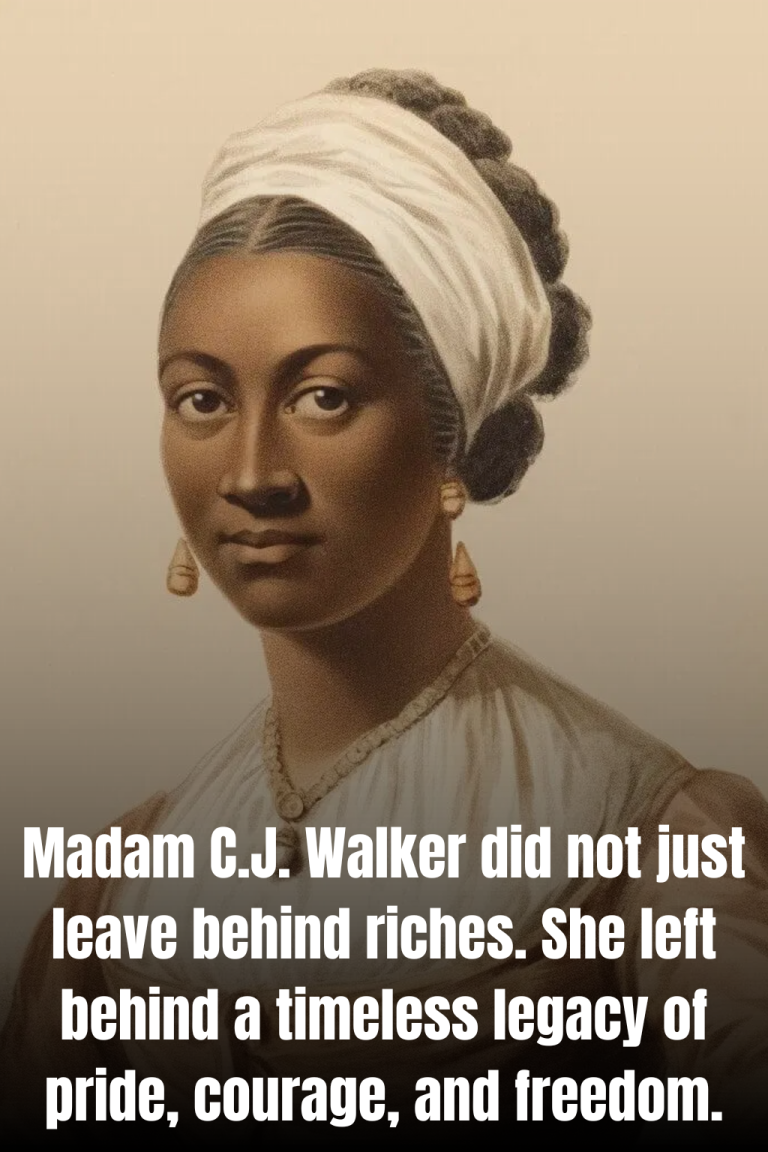The Forgotten Cemetery Beneath Florida’s Soil
Nearly a century ago, in the city of Tampa, Florida, there stood a burial ground called Zion Cemetery—the city’s first cemetery for African Americans. Established in 1901, it was where poor families, many of them formerly enslaved or descendants of the enslaved, bought small plots to bury their loved ones. Zion was more than a cemetery; it was a symbol of dignity, identity, and resilience for a community pushed to the margins of society.
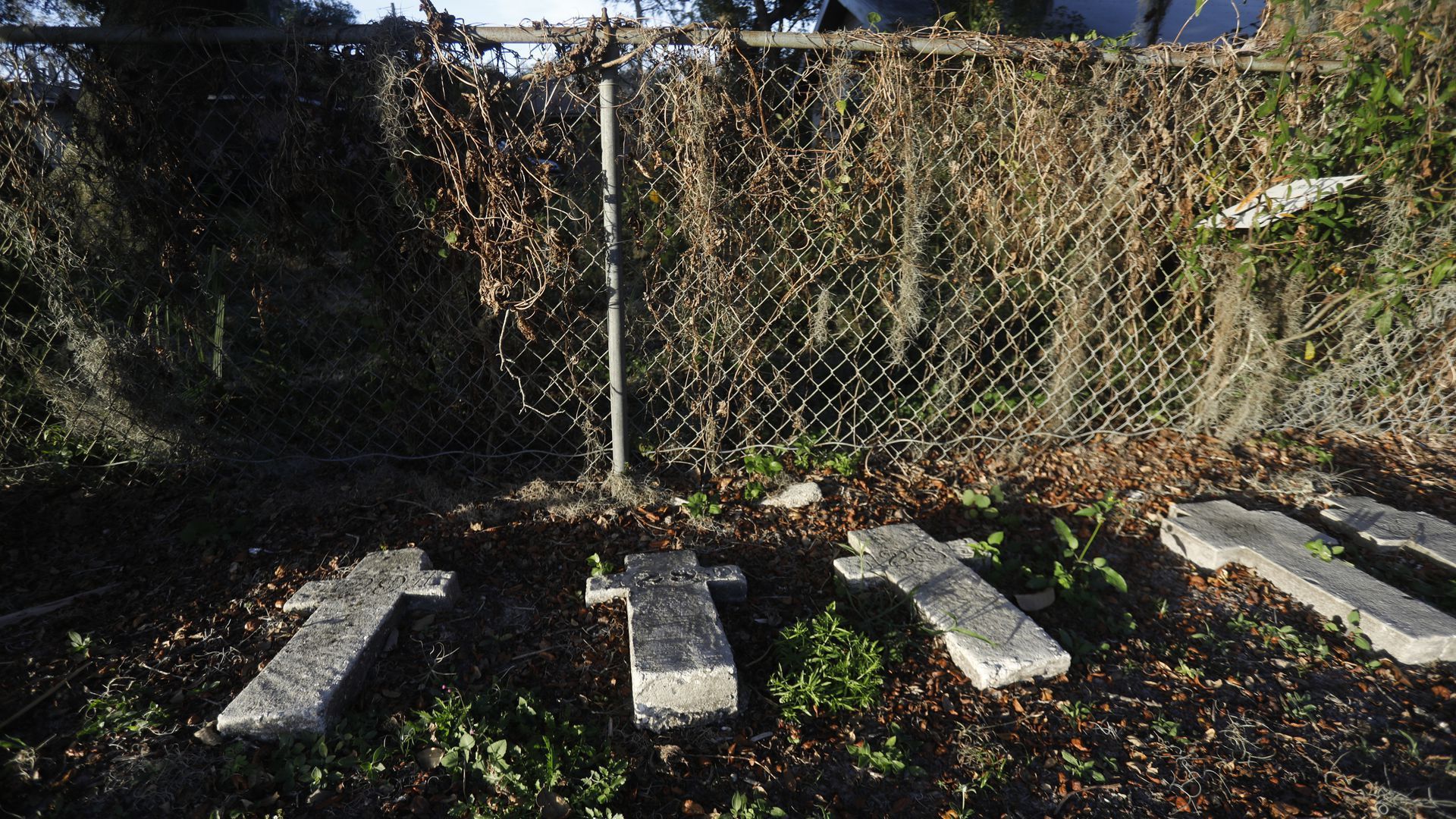
But as the city grew in the 1920s, Zion began to disappear from maps. Property deeds vanished, boundaries were erased, and the land was divided and sold. In the decades that followed, its very existence faded from public memory. Eventually, a public housing complex named Robles Park Village was built directly on the land, with no visible trace of the graves beneath.
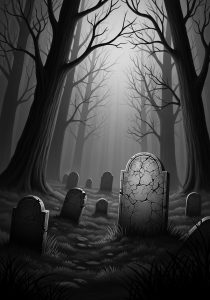
For years, only faint recollections remained—stories whispered by elders who insisted a cemetery once lay beneath the neighborhood. Official records claimed the bodies had been relocated, but doubts lingered. Then, in 2019, reporters from the Tampa Bay Times began digging into old maps and archives. What they uncovered was startling: Zion had never been fully moved.
Archaeologists confirmed the truth using ground-penetrating radar. Beneath Robles Park, they detected over 120 coffins—still in place, undisturbed for nearly a century. The revelation sent shockwaves through Tampa. The city had built over its first African American cemetery, burying both the dead and the memory of the community it represented.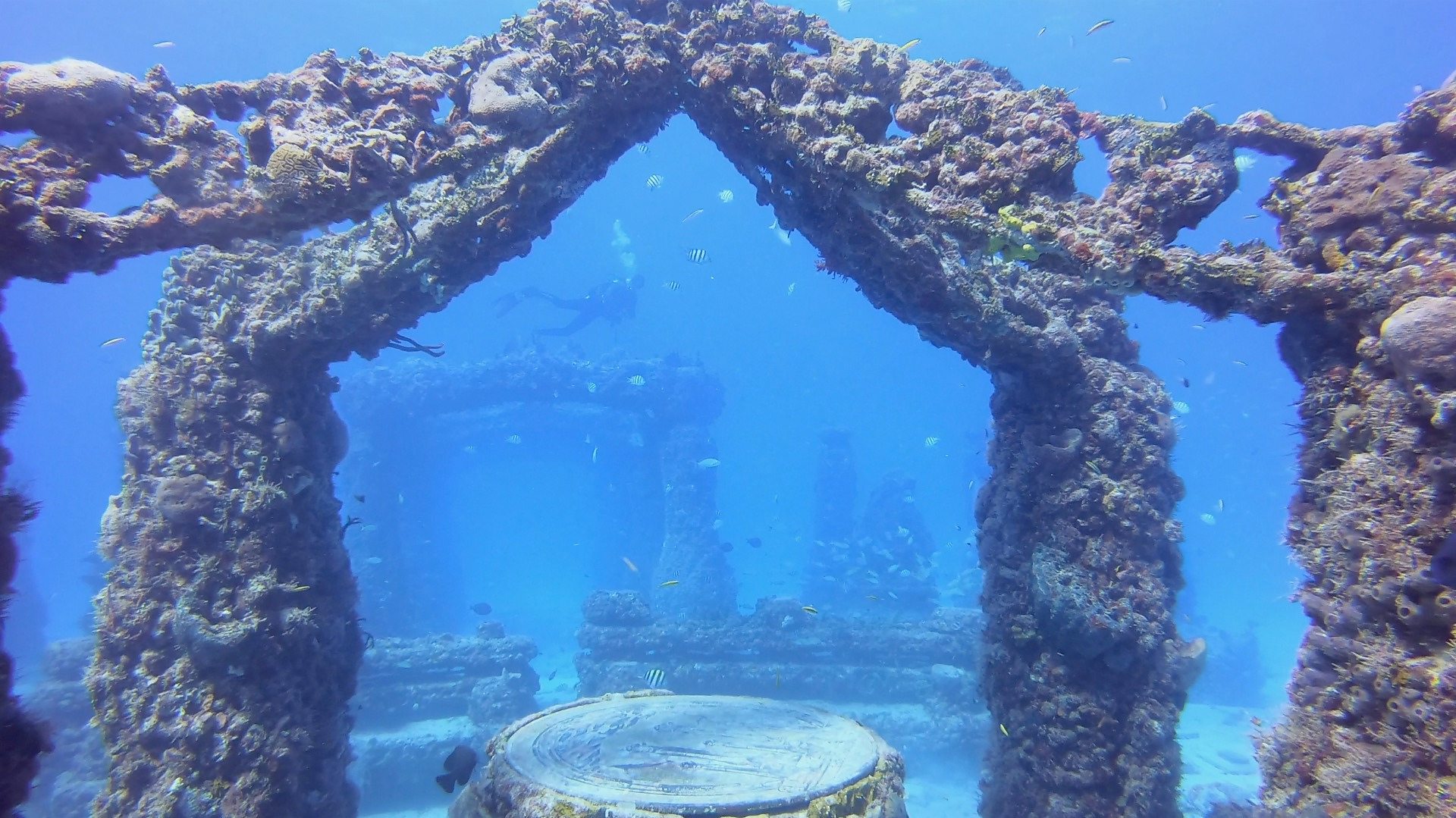
The discovery sparked outrage and mourning. How could an entire cemetery vanish from history? How could the stories of so many lives be erased so easily? Residents, historians, and activists demanded recognition. They called for memorials, for preservation, and for accountability—insisting that Zion’s legacy could not remain hidden in the ground.
Zion was not alone. Across Tampa and Florida, researchers have uncovered dozens of other “lost” African American cemeteries—paved over by schools, factories, and housing projects. Zion has thus become a symbol, a warning of how marginalized histories can be erased and how urgent it is to reclaim them.
Today, efforts continue to restore Zion’s memory. Residents of Robles Park are being relocated, and plans for a memorial are underway. Though the process is ongoing, the story of Zion Cemetery already stands as a testament: a call to honor the forgotten, to confront uncomfortable truths, and to ensure that no community is erased from our shared history.
